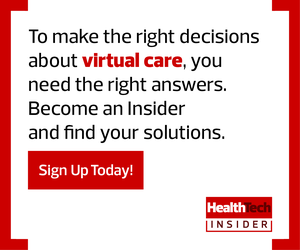Mobile apps and devices are also the foundation of many hospital programs designed to boost patient satisfaction and quality of care. For instance, Phoenix Children’s Hospital equips its rooms with iPad devices and other mobile tools so patients and their families can access educational materials, discharge instructions, medical records and treatment plans. Patients can also check their social media accounts and stream movies from the same bedside devices.
Mobility Drives Better Patient Care and Physician Workflows
Beyond the world of wellness apps and patient-focused devices, other technologies designed for medical professionals — such as medical record portals and e-prescription tools — are reshaping healthcare services, from the emergency room to post-acute care.
Recently, the Food and Drug Administration recognized the power of mobile apps and devices to transform healthcare. The agency has taken steps to ensure its processes foster innovation while regulating the safety, effectiveness and performance of qualifying devices.
FDA-cleared mobile health devices include KardiaBand, an EKG sensor that integrates with Apple Watch and takes heart readings at five-second intervals. As the first wearable medical accessory to be cleared by the FDA, it uses machine learning and individual algorithms to detect and alert users to issues such as atrial fibrillation or sinus arrhythmia.
The FDA also gave the green light to Triton OR, which uses artificial intelligence to monitor blood loss collected by surgical sponges and suction canisters in the operating room. Triton OR also assists surgical staff in making transfusion decisions and predicting postoperative hemoglobin levels.
These are just a few of the modern medical devices and apps available. The future is constrained only by the imagination and talent of healthcare IT professionals. We have much more to look forward to.
This article is part of HealthTech’s MonITor blog series. Please join the discussion on Twitter by using #WellnessIT.










